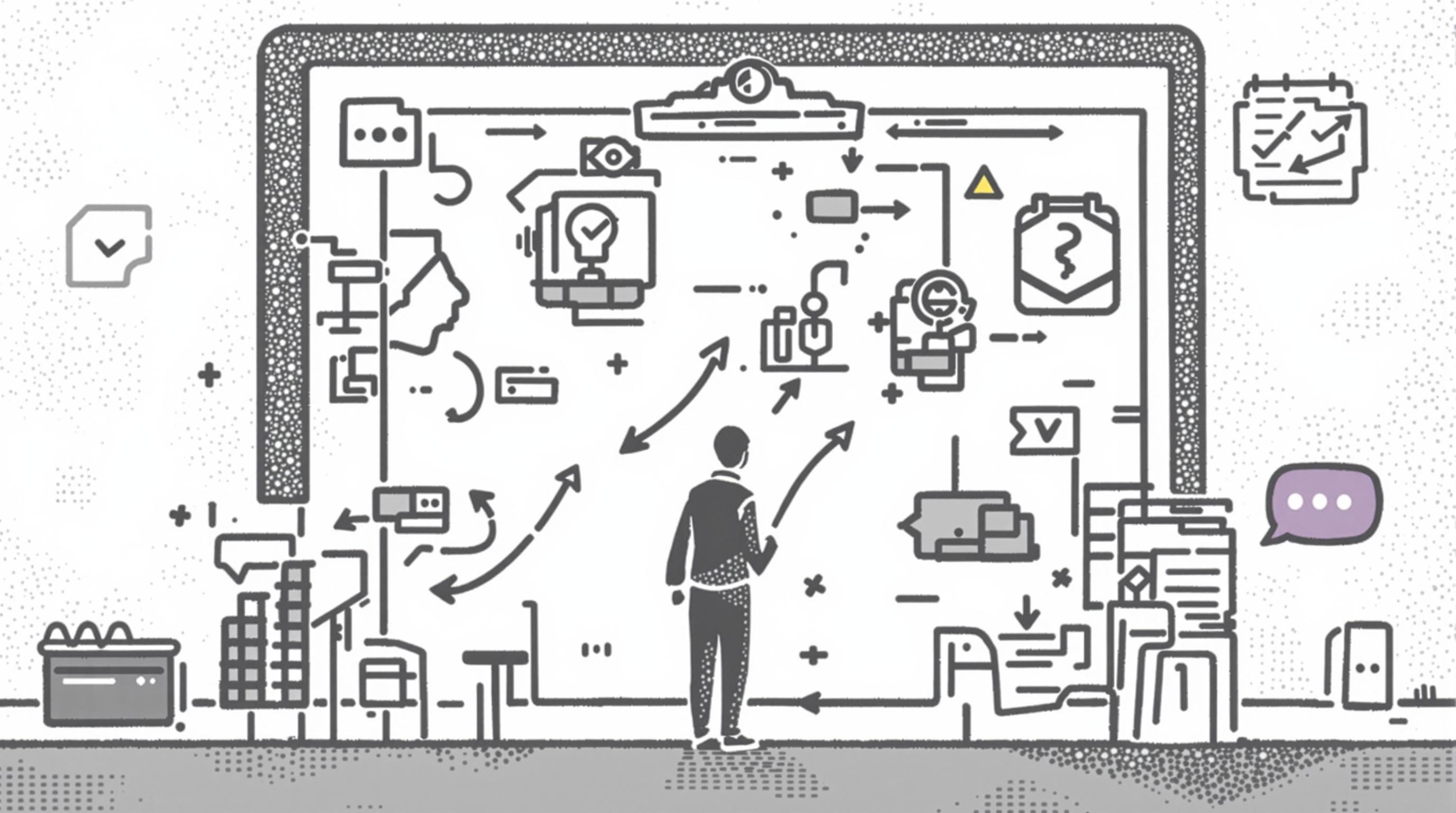Related Articles
- The Role of Quantum Encryption in Transforming Legacy Data Protection Practices for Businesses
- Top 6 AI-Powered Subscription Platforms Transforming Product Access and Affordability Since 2019
- Unseen Pitfalls: How Cognitive Overload in Finance Audits Undermines Checklist Effectiveness and Decision Quality
- The Silent Impact of Global Fiscal Shifts on Local Tax Date Practices No One’s Talking About
- How Cultural Narratives Shape Personal Budgeting: Unseen Influences Behind Financial Template Choices
- Top 6 Underrated Payment Tools Released Since 2019 Changing How Stores Handle Transactions
How Behavioral Biases Secretly Skew Financial Audit Outcomes and What Checklists Miss
How Behavioral Biases Secretly Skew Financial Audit Outcomes and What Checklists Miss
Behavioral biases deeply influence the outcomes of financial audits, often in ways that traditional checklists fail to address. This article explores the subtle psychological pitfalls auditors face, backed by case studies, and offers insights beyond standard procedural safeguards.
Confessions of a 28-Year-Old Auditor: When My Own Bias Fooled Me
Let me start by sharing a personal anecdote. Early in my career, I once audited a mid-sized manufacturing firm and was convinced their revenue figures were accurate because the CEO seemed confident and transparent during interviews. Turns out, my "confirmation bias" led me to overlook discrepancies that, in hindsight, were glaringly obvious on the financial statements. This experience made me realize that no fancy checklist could protect me from my own flawed judgment.
The Illusion of Objectivity in Auditing
Most auditors pride themselves on objectivity, but cognitive scientists remind us that complete impartiality is a myth. Biases like anchoring, overconfidence, and confirmation bias quietly distort decision-making processes. For example, anchoring bias might cause an auditor to rely too heavily on initial figures or prior reports, ignoring contradictory data.
Case Study: The Enron Scandal and Behavioral Blind Spots
One cannot discuss audit failures without mentioning Enron. According to the Financial Crisis Inquiry Commission, auditors at Arthur Andersen were swayed by close relationships with company executives, exhibiting a dangerous mix of overconfidence and self-serving bias. This ultimately contributed to a colossal oversight and financial disaster.
Checklists: Necessary but Not Sufficient
Checklists are beloved in auditing for ensuring procedural compliance. However, their rigid nature often misses the evolution of behavioral biases. These tools focus on "what" to check, but rarely guide auditors on “how” cognitive pitfalls might skew their judgment during evaluations.
Statistics Speak Louder Than Words
Did you know? A survey by the American Institute of CPAs found that 62% of auditors admit to feeling pressure to overlook minor irregularities, often rationalized by cognitive biases that justify “small” misstatements to avoid conflict. These psychological pressures highlight why checklists alone cannot guarantee audit accuracy.
The Danger of Overreliance on Automated Tools
With the rise of AI-based auditing tools, some believe behavioral biases can be entirely eliminated. However, even software developers and users embed biases in algorithm design, a phenomenon known as "algorithmic bias." Thus, reliance on technology without human-critical thinking only shifts the problem rather than solves it.
Humor Break: What If Checklists Could Talk?
Imagine a checklist with a sarcastic voice: "Oh sure, just tick that box and pretend you haven't just ignored the elephant in the room." While funny, this highlights a critical point — checklists’ lack of cognitive awareness can lead to complacency and superficial reviews.
Strategies Beyond Checklists
To combat these biases, training programs focusing on metacognition — thinking about one’s own thinking — have shown promise. Techniques like peer reviews, rotating audit teams, and scenario-based training help auditors recognize and counteract cognitive blind spots.
Example: Peer Review Success in Detecting Bias
At Deloitte, a structured peer review system was implemented after an internal study uncovered systematic biases affecting financial audits. This approach reduced major audit errors by 28% within one year, proving human checks remain crucial beyond standardized protocols.
Conversational Insight: Why Do We Ignore Our Own Biases?
Here’s a quick chat: Why don’t auditors see their own biases coming? Well, humans tend to believe they are more rational than they really are. This self-serving bias blinds us from acknowledging mistakes easily, especially in high-stakes environments like financial auditing. Awareness is key — until auditors accept that, checklists won’t close the gap.
Anchoring Bias in Action: The Price Tag Effect
Imagine you’re auditing expenses and the initial summary states a particular asset’s value as $100,000. Because of anchoring, even if later documents reveal evidence for a $70,000 valuation, you might unconsciously cling to the initial figure, skewing your assessment. This bias can significantly distort audit conclusions.
Why Behavioral Finance Matters to Auditors
Behavioral finance has primarily addressed investor psychology, but its principles apply equally to auditors. Recognizing emotional influences and cognitive shortcuts helps auditors evaluate evidence more critically and ask the right questions rather than just ticking boxes.
The Hidden Power of Confirmation Bias
One of the sneakiest villains in audit work is confirmation bias — the tendency to favor information that confirms existing beliefs. Auditors may inadvertently ignore red flags that contradict their initial impressions, risking the integrity of the entire audit process.
Closing Thoughts: Embracing Behavioral Awareness in Audit Culture
The solution isn’t to discard checklists but to augment them with behavioral training and a culture of skepticism. Leadership must champion critical thinking and create safe spaces for auditors to voice concerns even when it challenges the status quo.
Final Statistic: Losses from Behavioral Oversight
According to a PwC report, companies have lost billions due to audit failures linked to biased judgments, surpassing losses caused solely by mechanical errors. This stark number underscores the need to incorporate psychology into auditing standards.
In the grand scheme, the marriage of behavioral insights and auditing protocols is not just advisable but essential for an honest financial ecosystem. After all, numbers don’t lie — but people sometimes do, even without meaning to.




